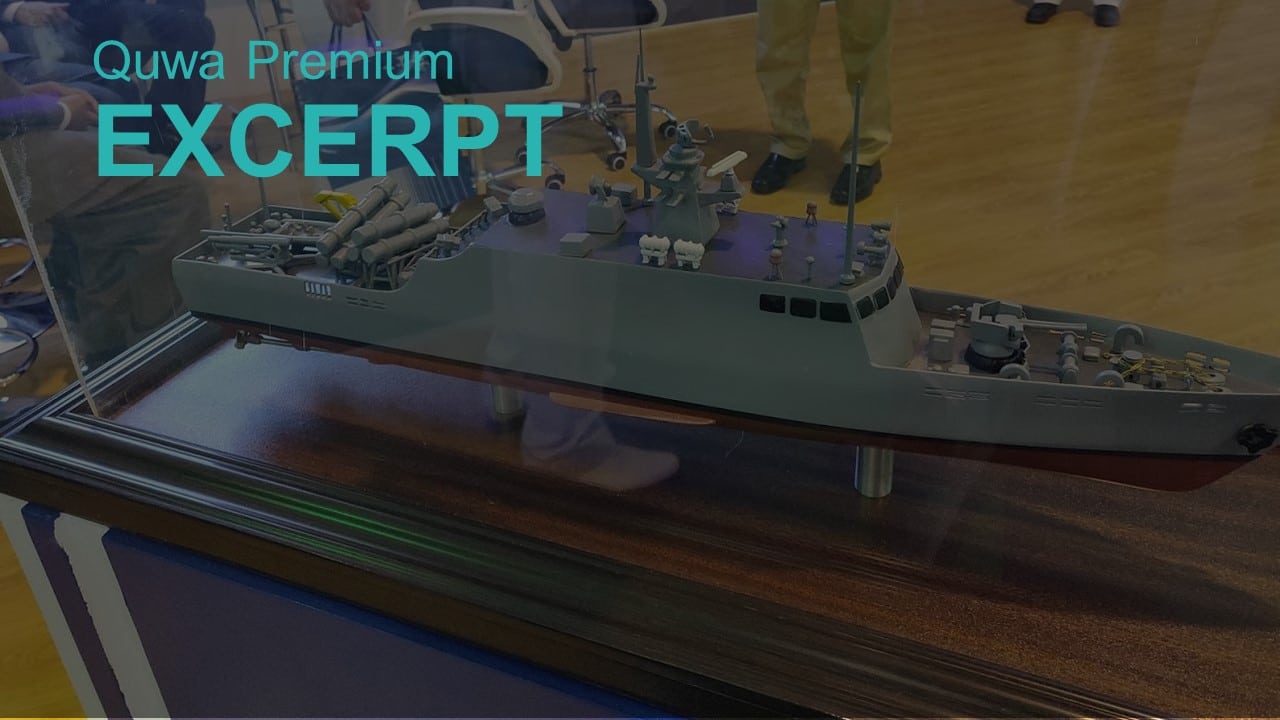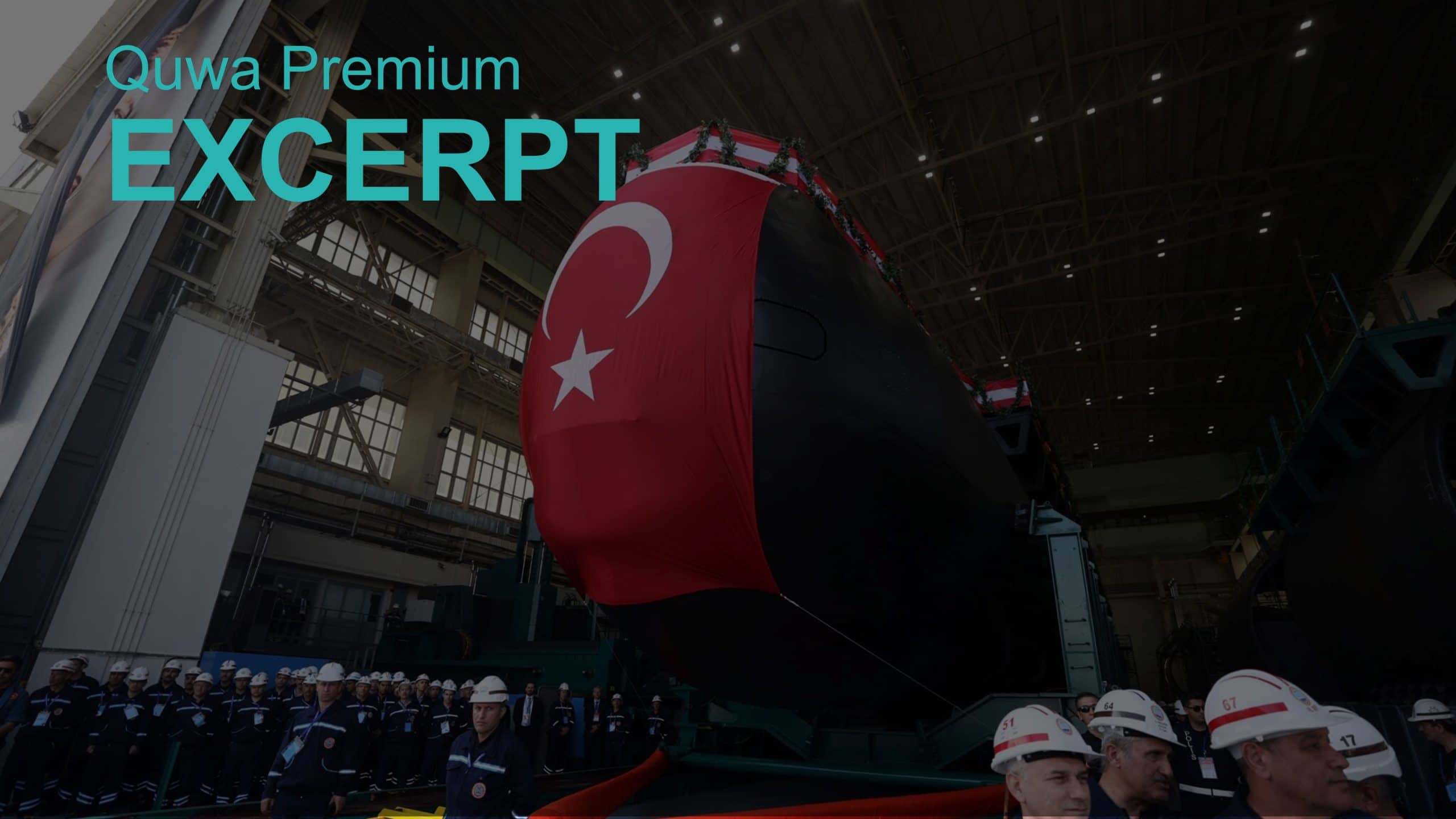2440Views

Monthly Defense News Recap – October 2022
The U.K. Puts 14 C-130Js Up for Sale
The U.K. Ministry of Defence (MoD) has officially put the Royal Air Force’s (RAF) 14 Lockheed Martin C-130Js (i.e., 13 C-130J-30s and 1 C-130J) Hercules transport aircraft up for sale. The RAF will retire its C-130Js by 2023 and, in turn, replace those aircraft with the Airbus A400M Atlas.
This move comes as part of a strategic move to consolidate its air transport and logistics fleet on a fewer key platforms, namely the A400M, Boeing C-17, and Airbus A330.
The RAF had ordered 10 C-130J and 15 C-130J-30s (the stretched variant of the C-130J with a fuselage that is 15 ft longer) in 1994. The first C-130J joined the RAF in 1999. Originally, the RAF was planning to phase its last remaining C-130J/J-30s by 2030, but this was shortened to 2023.
However, the RAF’s fleet-reduction plans are not without controversy. Not only would retiring the C-130Js and C-130J-30s reduce the RAF’s fixed-wing transport fleet by 23%, but it would totally eliminate the RAF’s dedicated ability for medium-weight, tactical-lift operations. Some analysts believe that the larger A400M is not an efficient way of replacing the capability loss that will emerge from retiring the C-130J/J-30s…
End of excerpt. Subscribe to Quwa Premium to read the rest of this section.
Russia Leans on Iranian Loitering Munitions and Drones
In recent weeks, Russia has started relying on Iran for the supply of unmanned aerial vehicles (UAV). These include the Mohajer-6 tactical drone as well as the Shahed-136 and Shahed-131 loitering munitions.
The Mohajer-6 is reportedly a 600-700 kg drone capable of carrying certain precision-guided munitions, such as anti-tank missiles. Its primary purpose is intelligence, surveillance, and reconnaissance (ISR), but it is capable of firing guided munitions when necessary. This drone is similar to the Turkish Bayraktar TB2.
However, the bulk of the news coverage is going towards the Shahed-131 and Shahed-136. According to Ukraine, the Russians have been using these loitering munitions to attack critical infrastructure, especially Ukraine’s energy grid. While Russia has been using the Shahed-series (renamed Geran) effectively, Kyiv is working to understand how to counter these specific models…
End of excerpt. Subscribe to Quwa Premium to read the rest of this section.
Turkey Delivers First ‘GPS-Independent’ Drones
Savunma Teknolojileri Mühendislik ve Ticaret A.Ş. (STM) announced that it has delivered the first tranche of KERKES unmanned aerial vehicles (UAV) to the Turkish Armed Forces (TSK).
The marque feature of the KERKES is that STM bills it as a “GPS-independent” system. Basically, the drone can determine its location without the use of satellite navigation (SATNAV) services. Instead, the KERKES uses pre-loaded maps combined with artificial intelligence (AI)-based deep learning…
End of excerpt. Subscribe to Quwa Premium to read the rest of this section.
New Pakistani OPVs May Hint at Major Air Defence Improvement
On 12 October, Damen Group laid the keel of the Pakistan Navy’s (PN) first Batch 2 offshore patrol vessel (OPV) and cut the steel of the second Batch 2 OPV.
Though a follow-on of the two Yarmouk-class OPVs the PN ordered in 2017, the Batch 2 ships are based on the Damen OPV 2600 design. This design is larger than the PN’s Batch 1 ships, which were based on Damen’s OPV 1900 platform. Moreover, the Batch 2 ships also seem to be markedly better equipped than the Batch 1 OPVs, especially in terms of anti-air warfare (AAW) and anti-ship warfare (AShW).
The Batch 2 OPV design seems to be configured with a vertical launch system (VLS) that looks reminiscent to the Lockheed Martin Mk41 or MBDA Sylver. If the Batch 2 OPVs are equipped with either the Mk41 or Sylver VLS, it would be a significant breakthrough for the PN.
The PN selected the MBDA Albatros-NG/CAMM-ER (Common Anti-Air Modular Missile – Extended Range) for its forthcoming Babur-class corvettes and Jinnah-class frigates. Jointly marketed by Britain and Italy, the CAMM-ER has a stated range of at least 40 km. On ships, the CAMM-ER can be quad-packed onto the Mk41 or Sylver VLS. Thus, an 8-cell VLS system could carry 32 CAMM-ER SAMs, for example…
End of excerpt. Subscribe to Quwa Premium to read the rest of this section.
End of Excerpt (609/1,397 words)
You can read the complete article by logging in (click here) or subscribing to Quwa Premium (click here).
For more defense news and analysis, see:


